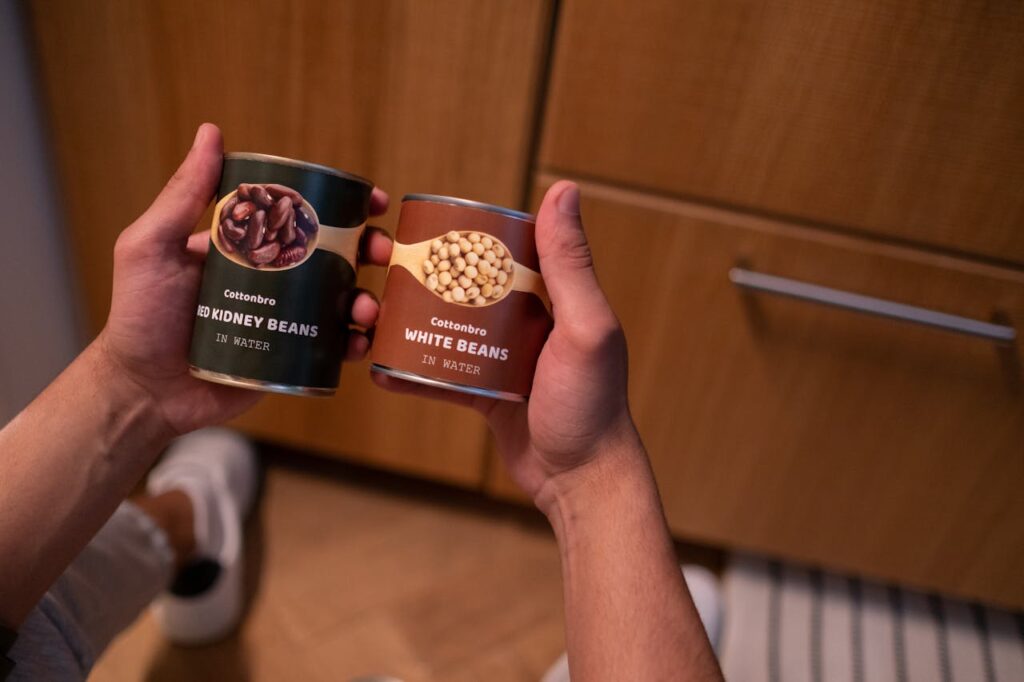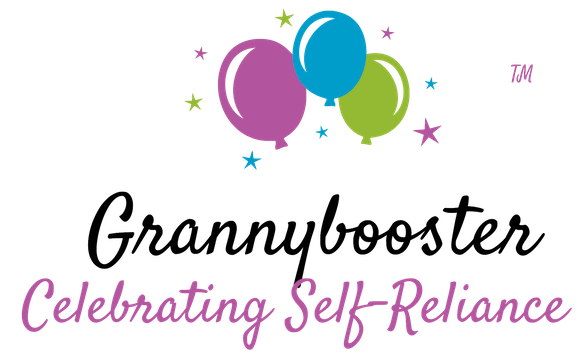
Do you scratch your head as I do when I’m looking at a can of vegetables in the pantry or a package of lettuce I accidentally left to molder at the back of the refrigerator? You want to know if it’s safe to eat, right? Good luck in figuring it out. I’m referring to the mystery of unreadable shelf expiration dates on food products.
As I’m sure you know, many are different. We’re likely to see at least four types of dating for food quality, safety, and date of manufacture. Unfortunately, by implementing arcane methods of date stamping, the food and grocery industry is encouraging you and me to believe that if we eat the product past the shelf date, we’re risking food poisoning. The real reason? They want us to keep buying new products.
Consumers should know that it’s months and often years before a canned product is unsafe to eat or the quality sufficiently impaired to be thrown out.
I have one caveat: if a can is swollen, the contents discolored, or have an unpleasant smell, discard it. That goes for chicken, cheese, wilted lettuce in salad kits, and other products that may be spoiled at the time of purchase. In my experience that’s been rare, because grocery stores are careful about pulling inventory that’s reached its “sell-by” date. I have more about that in a minute.
I’m a believer that it would be easier for consumers if codes were standardized. Unfortunately, coding is at the sole discretion of manufacturers and packaging companies. The Food & Drug Administration (FDA) and the US Department of Agriculture (USDA) have no role in it.
A few days ago, I bought sliced ham, and when I asked the clerk to re-do the label to read “use by,” instead of “sell by,” he said that’s the way they date it. End of subject. It turns out that “sell by” is a pull-date meaning that when the store gets a new product, they take the old off the shelf; the clerk said that I could eat the ham for about three days after purchase. That’s insane. it doesn’t tell you anything, because authorities differ on how long past the “sell by” date, you can consume the product.
That brings us to a brief rundown of what these dates mean:
- A “best by” date determines the peak window of freshness. It doesn’t specify that the food item will start going bad after the date given. Rather, it means that the item will be at its freshest before that date.
- The words “sell by” are aimed at the retailer. Again, some claim that you can consume food items safely at least 3 to 7 days past the “sell by” date. Still, I’m conservative and ask the clerk how long I can eat it.
- “Use by” dates don’t mean that a food item is no longer safe or that it is bad already. It means that if the product has reached that date, you should check before eating to ensure that it hasn’t begun to decay or go stale. Trust your nose, and if something doesn’t smell right or if its consistency has changed don’t eat it.
- “Freeze by,” dates tell us when to move our goods from the fridge to the freezer.
One of the resources for this article that I liked is – Reading Food Expiration Dates because it details how to interpret mysterious stamps on packaging and canned goods. For instance, on canned goods, you may see a code made up of a combination of letters and numbers or just numbers. If the code isn’t accompanied by words like “use by,” “sell by,” or “best by,” then it refers to the date the product was manufactured.

We want to hear from you, so feel free to share tips, ideas, and resources for seniors and caregivers with Grannybooster. Email me, Maris Somerville, at [email protected]


Leave a Reply